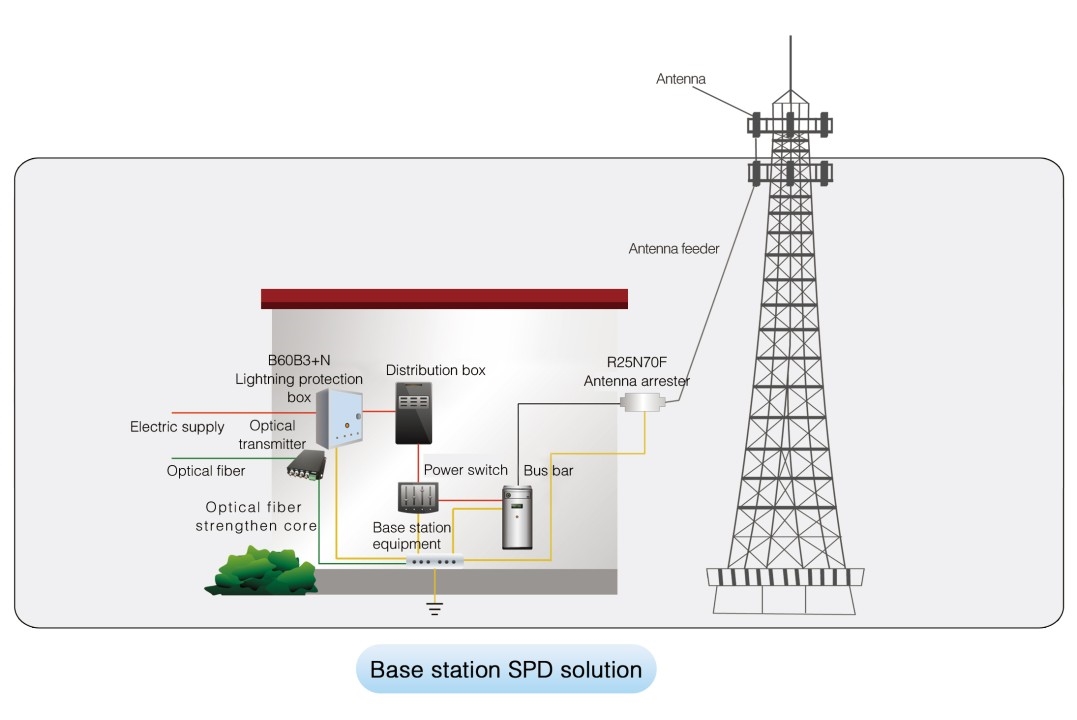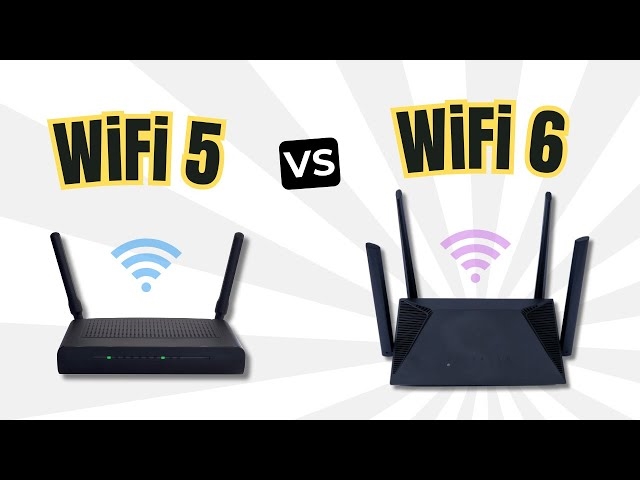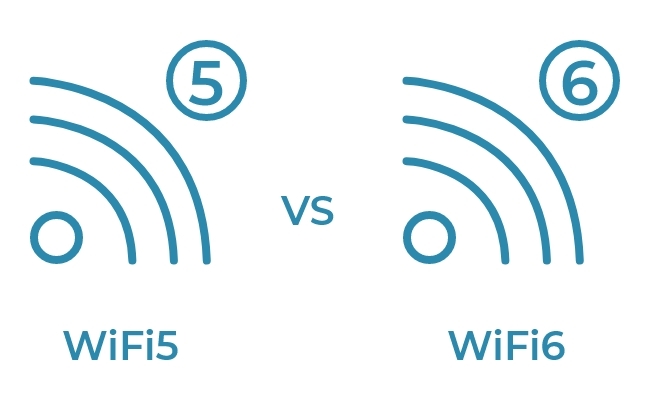Overview
Shortwave communication refers to using shortwave frequencies for communication. It has the following advantages and disadvantages.
Advantages
- Wide coverage: Shortwave communication can cover global areas, enabling communication over land, sea, and air to meet worldwide communication needs.
- Long range: Shortwave communication supports long-distance links, with transmission distances greater than many other methods.
- Low operating cost: Equipment and operational costs for shortwave systems are relatively low compared with some alternatives.
- Security: Shortwave links can be secured using encryption and other techniques to protect content from interception.
- Robustness to interference: Shortwave signals can exhibit strong resistance to certain types of interference and can maintain connectivity under challenging weather and environmental conditions.
Disadvantages
- Low data rate: Shortwave communication generally provides lower transmission speeds and is unsuitable for high-speed data applications.
- Unstable link quality: Propagation is strongly affected by weather, ionospheric conditions, and other environmental factors, causing variable link quality.
- Limited capacity: Shortwave channels offer limited bandwidth and cannot support large-scale data throughput.
- Requires expertise: Operation and maintenance typically require specialized skills and experience.
Basic Principles
The basic principle of shortwave communication is to exploit the propagation characteristics of electromagnetic waves. The main stages are:
- Signal transmission: Converting electrical signals into electromagnetic waves and radiating them via an antenna.
- Signal propagation: Electromagnetic waves travel through space in straight-line paths but are affected by the Earth's curvature and atmospheric layers, causing refraction and scattering.
- Signal reception: Using an antenna to receive the electromagnetic waves and convert them back into electrical signals.
- Signal processing: Amplifying, filtering, and demodulating the received electrical signals to recover the original information.
In summary, shortwave communication offers wide coverage, long range, relatively low cost, enhanced security options, and robustness to some interference, while exhibiting lower data rates, variable link quality, limited capacity, and the need for specialized skills. Users can choose based on their requirements and operating conditions.
 ALLPCB
ALLPCB








